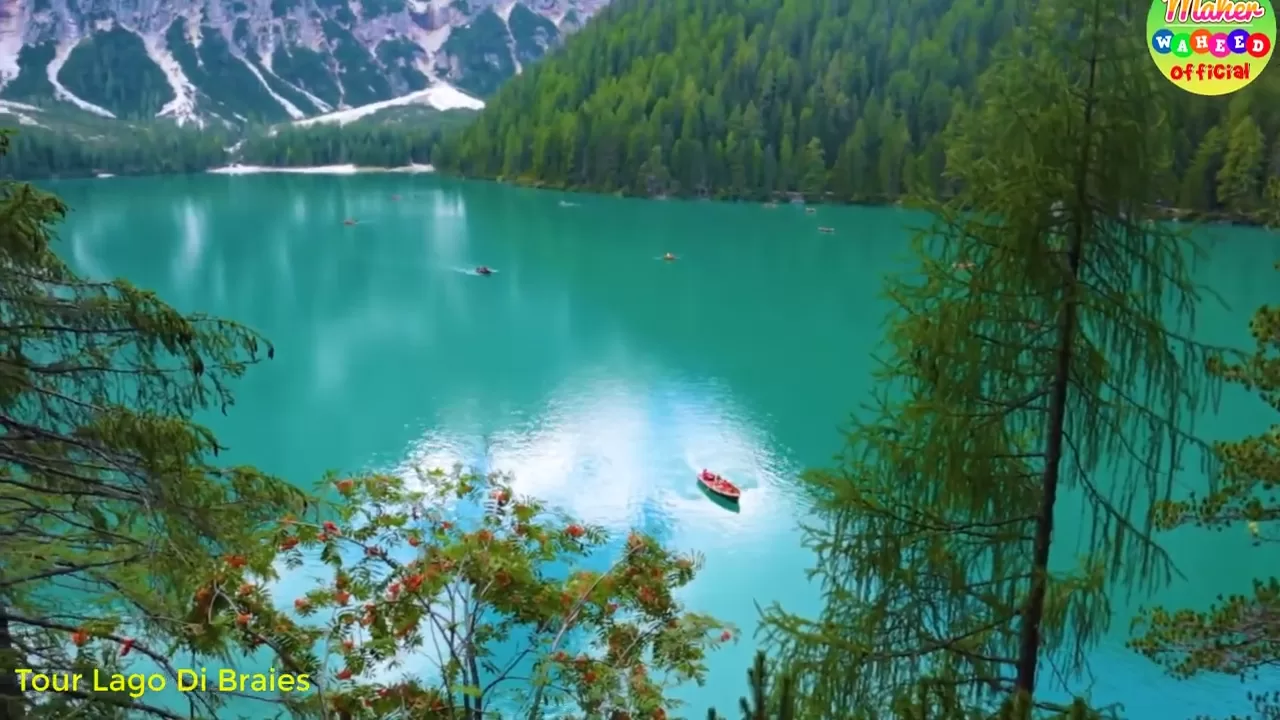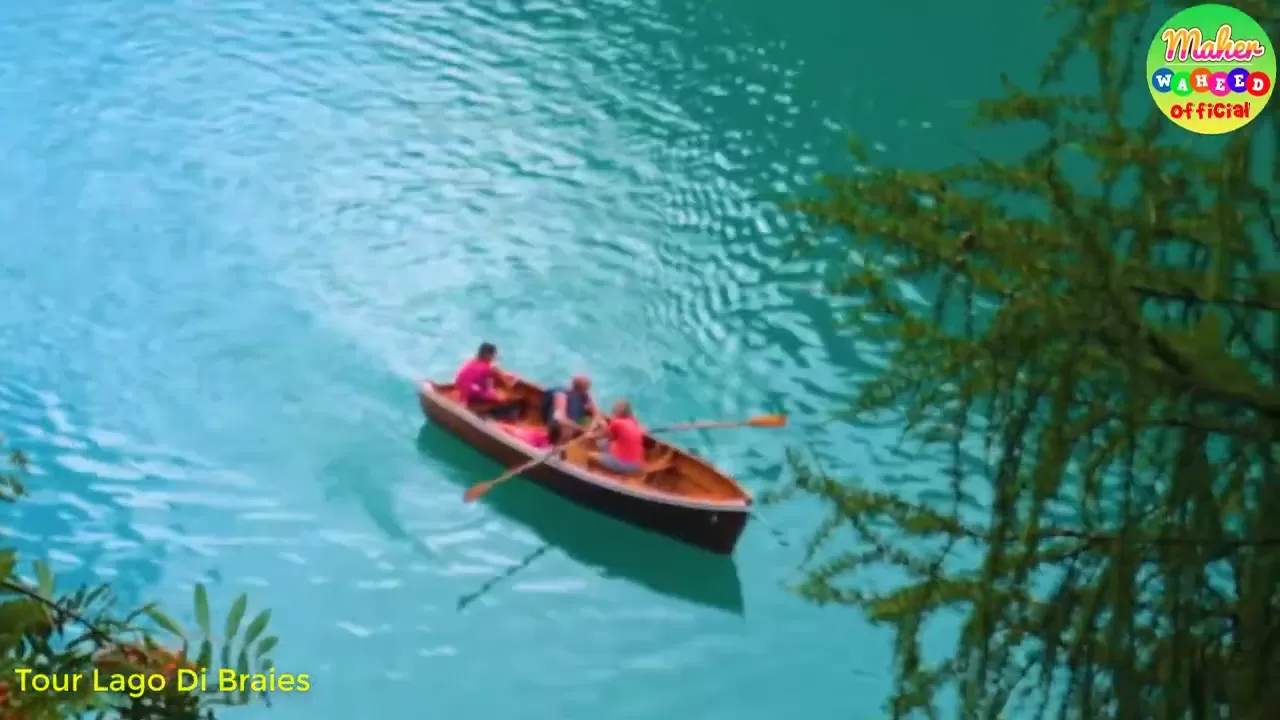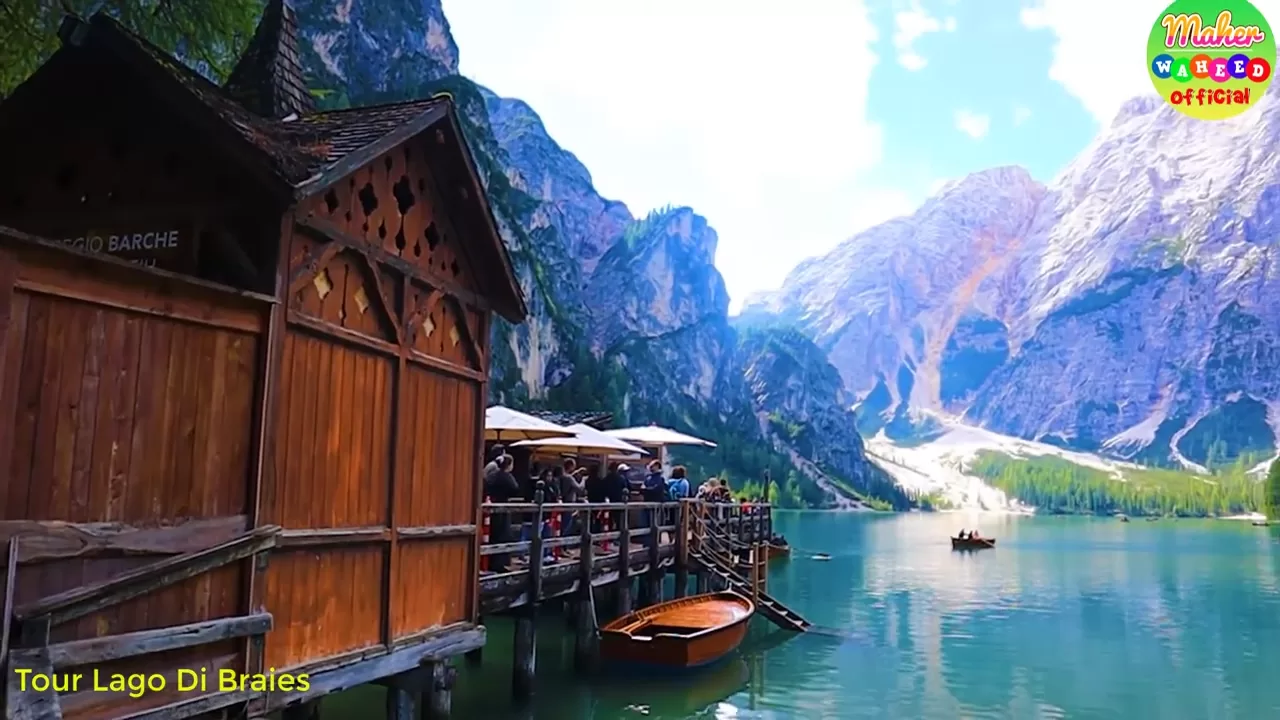The route between Verona and Lago di Braies attracts many travellers who are interested not only in visiting popular cities in northern Italy, but also in discovering quieter mountain areas. Although Verona is often associated with its historic centre, Roman amphitheatre and urban atmosphere, the road toward Braies gradually shifts into a completely different landscape. This transition from a densely populated city to alpine terrain usually becomes an important part of the overall experience.
The distance from Verona to Lago di Braies is roughly 250–260 kilometres. The duration of the trip depends on the type of transport and the season. Travelling by public transport can involve several train and bus connections, which may take five to seven hours. Timetables also vary between summer and winter, and some mountain routes operate only during specific months. For this reason, many visitors look for a more predictable way to reach the lake, especially when they travel in groups or carry large luggage.

Lago di Braies itself is widely known for its distinctive turquoise colour, wooden rowing boats and walking paths that circle the water. The area tends to be busiest in the early morning and late afternoon, so planning the arrival time can be important. The surroundings include short hiking trails, photography spots, and viewpoints that allow travellers to explore the place without needing special equipment. Weather conditions in the Dolomites change rapidly, so it is common practice to check forecasts in advance, particularly during spring and autumn.

When the journey starts in Verona, travellers usually consider several logistical factors: the exact departure point (airport, railway station, or accommodation), luggage amount, approximate arrival time at the lake, and potential stops along the way. Some groups prefer to include breaks in small mountain towns or scenic roads to make the long drive more comfortable. Others want to minimise the time spent on transport and reach the lake as directly as possible. The route passes through regions where road conditions may vary depending on the season, which is why planning remains an essential part of the trip.

Another detail often mentioned by those who already visited Braies is the parking situation. During high season, vehicle access to the immediate lake area can be restricted, and designated parking spaces might be located at varying distances from the lake’s entrance. This creates an additional organisational layer for travellers who are unfamiliar with the region. People who prefer to avoid such complications often look for transport options that clarify these aspects in advance.

For those who examine structured travel options, one of the pages describing the route from Verona to Lago di Braies can be found at https://classveronancc.com/transfer-verona-lago-di-bries .
The page includes practical information about how the journey is organised, what is typically included in the service, and what travellers should expect regarding timing and conditions. The information may be helpful for people planning a visit for the first time or comparing different types of transport before making a decision.

Many travellers note that the contrast between Verona and Braies makes the trip memorable. Starting the day in a historic Italian city and ending it at a mountain lake surrounded by Dolomite peaks creates a sense of variety that is difficult to achieve in other regions. Even though the route requires several hours, it is often considered worthwhile because of the significant difference in scenery, atmosphere and climate.
Before planning the trip, it is advisable to take into account weather conditions, seasonality, possible traffic during holidays, and any restrictions related to access to mountain areas. With thoughtful preparation, the journey from Verona to Lago di Braies becomes not only a transfer from one point to another, but also a gradual introduction to the landscape and rhythm of the Dolomites.



